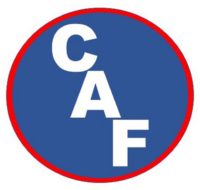As simple as Aspirating Nozzle are, they have two major components – the Venturi and the Agitator.
A venturi is a short restriction in the Solution flow. As the Solution passes the restriction, it again expands causing a natural vacuum. The vacuum pulls in atmospheric air via air holes. The air mixes with the Solution – W + Conc ( = Solution) + A.
The nozzle also incorporates a method of agitation – often a screen or other type of obstruction. The Solution mixed with the Air flows through the Agitator and Viola!! The Fire Nozzle now has W + Conc (=Sol) +A + A = F (Bubbles).

When using an aspirating nozzle of any dimension (Bigger the Diameter – The higher the expansion), there are 3-4 adjustments that can be made in the foam output.
- – The pump pressure on the line. Increasing the pressure, increases the flow speed shortening the time the Solution has to mix with the Air. This results in wetter foam and little bubble production. Reducing the pressure slows the solution flow allowing for a greater air mix producing a frothier foam.
- The Fog Nozzle spray pattern adjustment (if so equipped). Not all aspirating nozzles have a fog nozzle incorporated. The operator can widen or narrow the fog pattern to change the air intake and foam output. Wider patterns will generally pull in more air for a frothier or dryer foam.
- Shut-off Butt Flow adjustment – A full open, fast flow leaves little time for air mix prior to agitation and will lead to a very wet foam, possibly with little bubbles. Slowing down the shut off butt will allow increased air mix time and a thicker, dryer foam.
- Cover the Air holes – if the foam is dryer than desired, the nozzle operator can merely place a gloved hand over a couple of the air inlet holes. Less air makes wetter foam.
PLAY WITH IT AND SEE!!!!





































